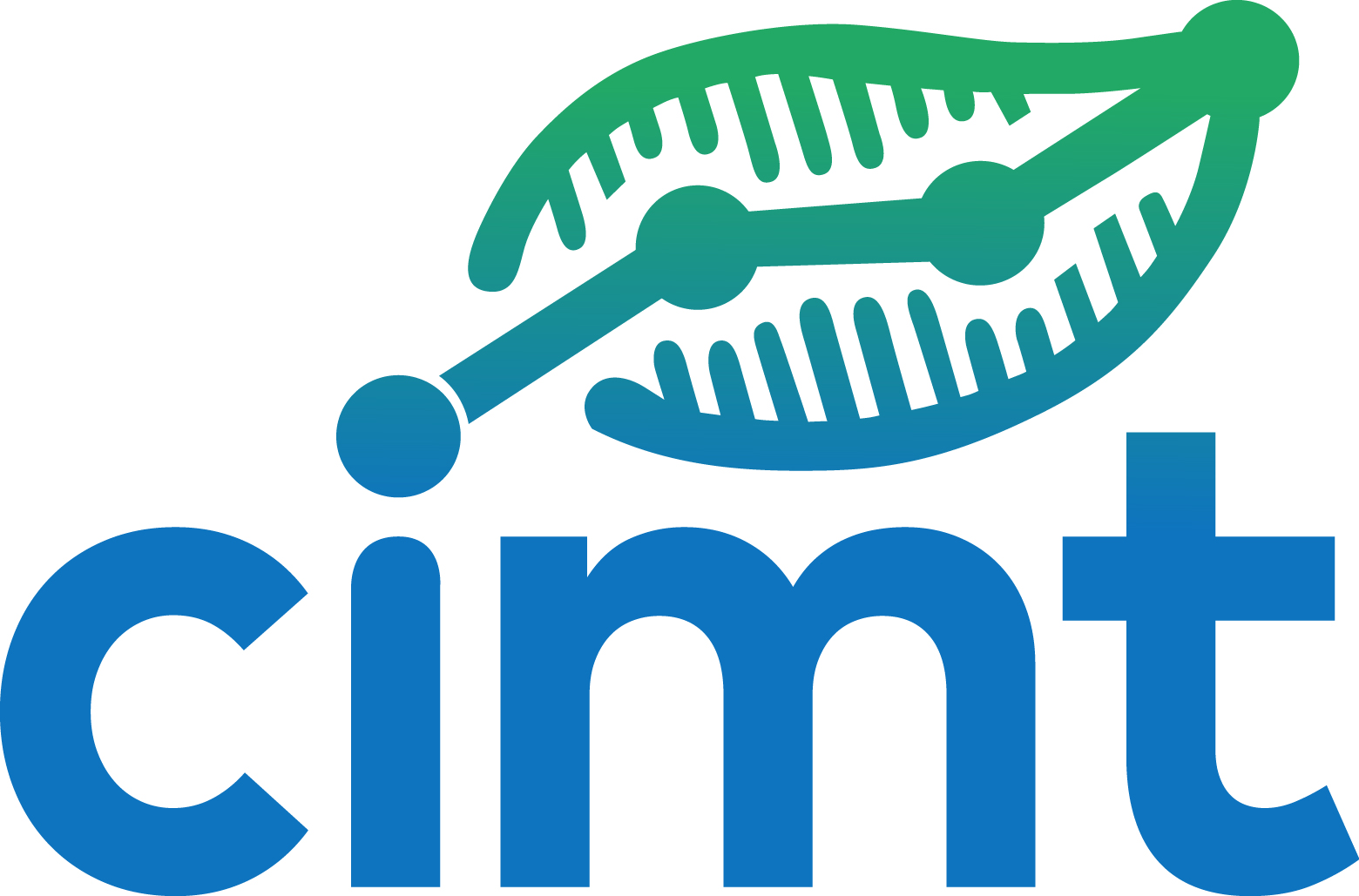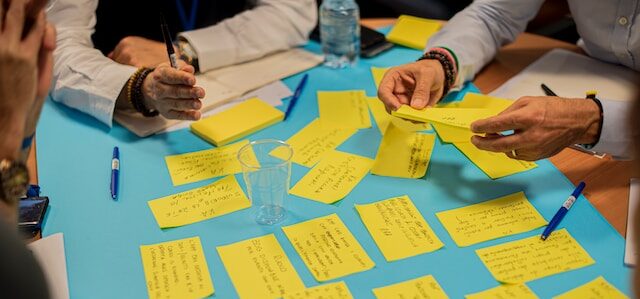In a presentation at the annual congress of AESOP (Assosiation of European Schools of Planning) in 2023, Katharina Holec, Laura Mark and Tobias Escher presented results from a consultative participation procedure. Key question was whether the procedure could contribute to procedural justice.
Summary
Consultative participation is a frequently used tool to correct traditional inequalities in planning. It is often used to negotiate conflicts relevant to everyday life. Citizens are encouraged to express their interests and ideas. In addition, local administrations expect an increase in legitimacy beliefs among citizens through including them into processes. Procedural justice can be seen as an important aspect of the desired increase in acceptance. The underrepresentation of certain socio-economic groups in the input of consultative participation is one of the main challenges for procedural justice.
Our example is one of the case studies, which we have accompanied scientifically over the last years. Using a mixed methods we investigate the contribution that the procedure makes to procedural justice. We conceptualize this describing the relevance of the aspects inclusivity, transparency and policy effects of a consultative procedure.
Although inclusivity was the declared goal of the organizers it is hardly achieved in the input of the process – that is, in the question of who participates. Things look somewhat more positive when observing the throughput. Discussions were well organized and were also perceived positively by citizens. If we look at the evaluation of the transparency of the process itself, i.e. the throughput, the participants rated it positively. There are limitations in the evaluation of the transparency of the result and the communication after the process. A policy effect exists and is primarily perceived by the participants. However, the policy effect is limited to non-essential issues of the process.
Key findings
- While the consultation process was organized aiming at an overrepresentation of specific marginalized groups, it fails to include lower educated and non-male individuals. The assessment of throughput inclusivity is more positive.
- The consultation process was carried out with timely publication of the results of the individual procedural steps and is also perceived as transparent overall with few differences between different social groups. People with disabilities are somewhat more critical. The assessment of the transparency of the results is somewhat more negative.
- Effects on political decision-making can be found in the fact that the process strengthened and supported the progressive ideas of the administration. Influences of participation existed but were mainly relevant for specific issues, such as the location of bike paths or bus stops not a general direction.
- These effects are more strongly perceived by participants.


